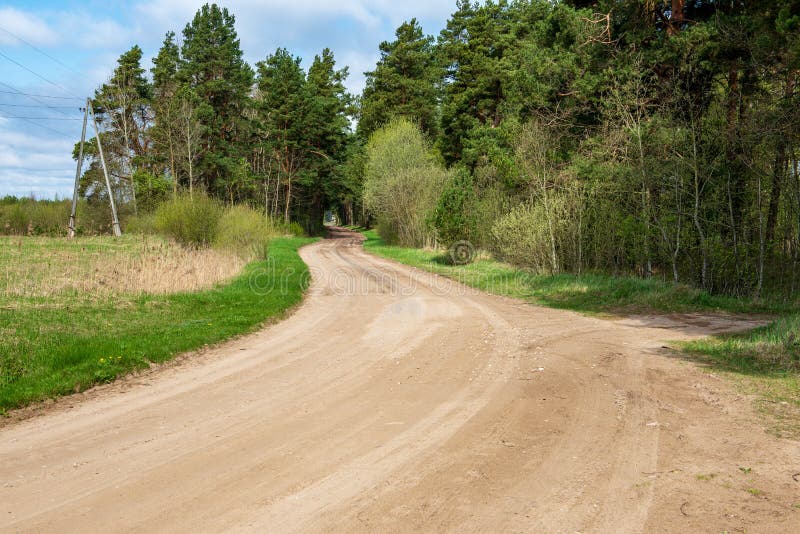

There are seven distress types and severity levels for unsurfaced roads: (1) Improper cross sections (2) Inadequate drainage (3) Corrugations (4) Dust (5) Potholes (6) Ruts (7) Loose aggregate. On a gravel road, that means taking theĬurrent condition of the road surface into consideration.MANAGING THE 7 TYPES OF GRAVEL ROAD DISTRESS
Gravel road drivers#
In other words, drivers are expected to use good That is reasonable and prudent at all times by considering other traffic, roadĪnd weather conditions, dangers at intersections and any other conditions thatĪffect safety in speed. Did you know Chestermere has over 9 kilometres of gravel roads Year-round grading and road shaping Adding material where needed Removing washboards and. The Basic Speed Rule states that a motorist must drive at a speed Remember, according to Oregon law, all travel on public roads is The gravel roads are divided into 23 distinct maintenance areas which are comprised of between 20 to 90 centerline miles of road. It takes 1.4 tons of stone per cubic yard. Buying gravel in small quantities costs over 100 per ton. Road base costs 18 to 30 per ton, and plain pea gravel or limestone costs 28 to 45 per ton.

Slowly turn the steering wheel to gradually guide the tire back to the road. According to the Federal Highway Administrations (FHWA) Office of Highway Policy Information, nearly 53 of rural highway mileage is under county June 24. Bulk crushed stone and gravel prices are 10 to 50 per ton on average. Let your foot off the gas and steer the car so it follows the edge of the road. If the tires on one side of the vehicle go off the road edge, do not immediately turn the wheel to try to get back on the road. As you release them, look where you want to go, steer the vehicle in this direction. Crafted for gravel adventures but equally as well suited for your life off-bike, these Bermuda-style shorts will.

If the vehicle starts to skid, remove the cause of the skid by releasing your accelerator or brakes. A vehicle can become difficult to handle in heavy gravel. This reduces the danger from a cloud of dust obscuring vision or flying rocks damaging headlights and windshields.īe ready for skids. Increase this distance when conditions are less than perfect. Even if the visibility is good and the road is hard-packed, stay at least six seconds behind other vehicles. As you approach other vehicles, slow down and move over to the right so you can pass each other safely.


 0 kommentar(er)
0 kommentar(er)
